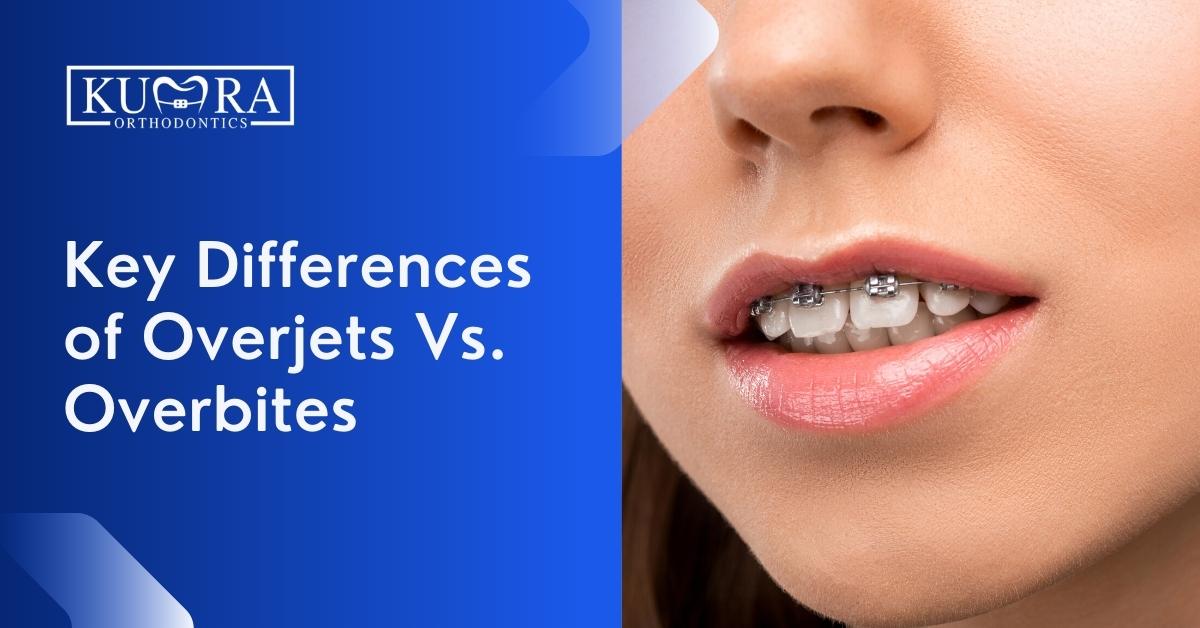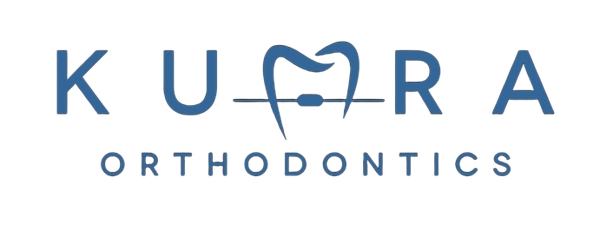Overbite and overjet are two kinds of malocclusion that can develop due to the jaws not fitting together correctly. Both of these conditions can alter the form of the jawline but in very different ways. Continue reading to learn more about the differences between an overjet and an overbite, as well as treatments that can improve your oral and general health.
The appearance of your smile, the function of your teeth, and your overall oral health are all impacted by how your teeth are positioned. When you close your mouth, you may have a malocclusion if your teeth are not properly aligned with the teeth that are adjacent to them in the same arch or with the teeth that are on the opposing jaw. If left untreated, it can lead to additional dental health issues as well as poor digestion due to inappropriate food chewing.
What are Overjets
When the upper front teeth thrust outward, this dental condition is known as an overjet. An excessive vertical distance distinguishes an overbite between the front teeth of the upper and lower jaws, but a higher horizontal difference distinguishes an overjet between the two sets of teeth.
The term buck teeth is frequently used to refer to this ailment. People with considerable overjets may find that they cannot completely and comfortably close their mouths because their teeth get in the way when they try to do so. As the lower jaw is likely to be resting in an uncomfortable position, this condition is known to increase the risk of dental injury. Dental injuries can be caused when the lower jaw is resting in an unsafe posture.
Overjet teeth may be caused by genetics, but more often, they are the result of habits formed in childhood, such as thumb-sucking, pressing the tongue against the teeth, or extended use of a pacifier or bottle, all of which can cause the teeth to protrude forward in the mouth. Overjet teeth are also known as protruding teeth.
What are Overbites
When the front upper teeth severely overlap the front lower teeth, an individual is typically regarded to have an overbite. The word overbite, on the other hand, is only applicable when the distance between the front teeth and the lower teeth is measured in a vertical direction. If a person has a severe case of an overbite, their lower teeth may actually come into contact with their upper gums, which are located behind their top teeth. This condition is known as contact gingivitis. This can cause the jawbone to sit in an uncomfortable position, which can contribute to a variety of additional health problems in addition to making it more difficult to chew food, speak, and eat.
The skeleton is responsible for overbites, specifically if a person has an overdeveloped upper jaw or an underdeveloped lower jaw. When it comes to the question of causality, genetics might play a role as well.
Needing an orthodontic appointment?
Visit Kumra Orthodontics Washington, DC or Kumra Orthodontics Stafford, VA, and request an appointment with us!
Differences Between Overjets and Overbites
You may have heard the terms overjet and overbite used interchangeably. However, despite the fact that these illnesses share some similarities, they are not the same.
When you have an overjet, the top teeth of your mouth protrude at an angle over your mouth’s bottom teeth, as stated earlier. When someone has an overbite, their upper teeth do not protrude. Instead, they have an excessive amount of overlap with the bottom teeth, which results in more than 25 percent of the bottom teeth being covered. The consonants s and h may be difficult to articulate for some individuals who have what is referred to as a deep bite or a closed bite.
How to Deal with Overjets and Overbites
Surgery is typically recommended as a treatment for overbite because of its skeletal origin. However, this condition typically manifests itself in adulthood, when the jaw has already reached its full potential. Early orthodontic treatment can be beneficial for children because this is the time when the jaw is still developing.
Depending on the level of severity, orthodontic appliances such as Smilelign can help treat overbites. However, corrective surgery may be necessary for some circumstances. A dentist will be able to examine you and recommend the appropriate treatment after doing so. Utilize our find provider services in order to locate the Smilelign provider that is most convenient for you.
1. Dental braces
Braces are devices worn on the teeth to gradually move them into a new position to straighten and align the teeth. Many different kinds of braces can be used to correct an overjet, such as the more conventional metal braces and the detachable clear aligners.
The length of time it will take for dental braces to correct an overjet will vary depending on the degree to which the overjet needs to be corrected. In most cases, you will need to wear braces for approximately 18 to 24 months.
Adult braces can cost anywhere from $3,500 to $8,500, depending on the complexity of the case.
2. Invisalign
Clear aligners, such as those made by Invisalign, are worn in the mouth in a way that is less noticeable than traditional braces. They have to be worn for at least 22 hours per day, although you are allowed to take them out to eat or clean your teeth.
Aligners are able to rectify overbites and overjets that range from mild to moderate in severity. They do not provide pressure in a manner that is constant enough to correct severe overbites. You must also be willing to commit to wear the aligners at all times. Because there is no force exerted on your teeth when the aligners are not in your mouth, they will not shift position.
3. Veneers
Veneers are wafer-thin, tooth-colored shells that are created to order and attached to the front surfaces of teeth to improve teeth appearance. They are able to treat issues such as uneven teeth, misaligned teeth, malformed teeth, tooth discoloration, and tooth chips. To verify that the veneers fit perfectly, your dentist will first polish away a little portion of your enamel before attaching them.
Your veneers can be customized to the level of whiteness that you like, allowing your dentist to give you a more appealing smile. Veneers have a long lifespan, are resistant to stains, and do not aggravate the gums.
4. Restorative Crowns
Restorations that completely cover your teeth to improve their appearance are called dental crowns. These restorations are often referred to as dental caps. Crowns, also known as caps, can be used in place of braces to realign crooked teeth. Before fitting the dental crowns, your dentist will first perform a procedure to trim down the teeth that are out of alignment. Crowns have a potential lifespan of up to 10 years, can heal damage, and improve the overall appearance of a person’s teeth.
5. Cosmetic Bonding
Bonding is a form of cosmetic dentistry in which a dentist applies resin to a patient’s teeth and then molds the resin into the patient’s teeth to create the appearance of straight, even teeth. The process is completely painless, making it an excellent choice for correcting minor alignment issues, and it only requires one consultation. In addition, the bonding material is color-matched to the teeth that surround it, so your smile will appear completely natural. Because the enamel does not need to be removed before application, it is also beneficial to the preservation of your teeth.
6. Surgery
In severe cases, orthognathic surgery (jaw surgery) may be required. This procedure involves adjusting the length and position of the jaws to realign the maxillary and mandibular bones. To assist in reshaping the jaws, the doctor might use wires, plates, or screws. You may need to wear retainers for up to two years while waiting for your mouth to recover completely.
Who Should You See for Overjet and Overbite Treatment?
If you are self-conscious about your teeth or smile, the first step you should take is to schedule an appointment with a dentist.
They will inspect your teeth to select the therapy that is most appropriate for you. In many instances, a general dentist will be able to do operations such as veneering, dental bonding, and crowning.
They can also provide you with a referral to an orthodontist so you can discuss your treatment options. An orthodontist is a dental specialist who focuses on correcting abnormalities with jaw and teeth alignment and can also fit patients for dental braces.
If your overjet is severe, you may require corrective surgery on your jaw. In this instance, you may need to see an oral surgeon.
Consult with Kumra Orthodontics to Learn More About Overbite and Overjet
Although overjet and overbite are often confused for one another, they are two different dental issues. Overjet is when the top front teeth protrude too far forward, while an overbite is when the bottom front teeth overlap the top front teeth. If you’re unsure which of these dental problems, consult with Kumra Orthodontics to learn more about overbite and overjet and how to correct them. We can help you find a treatment plan that fits your needs to achieve a healthy smile that looks great too!



